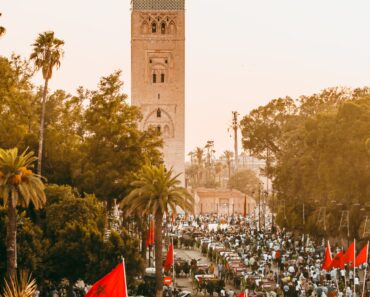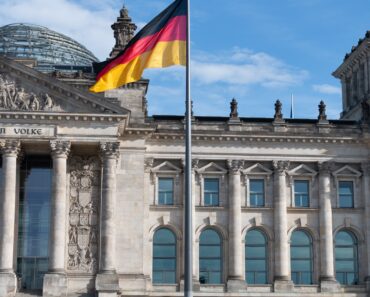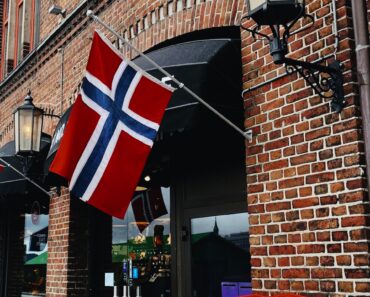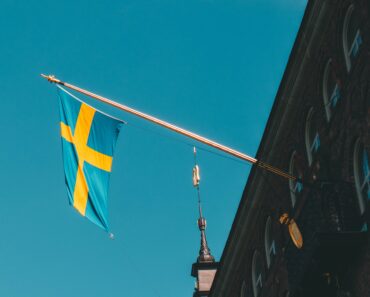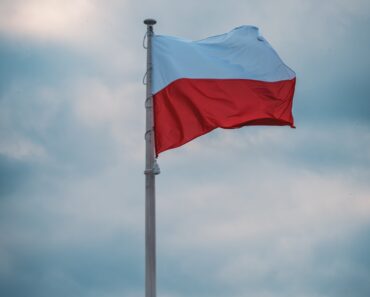Reykjavik
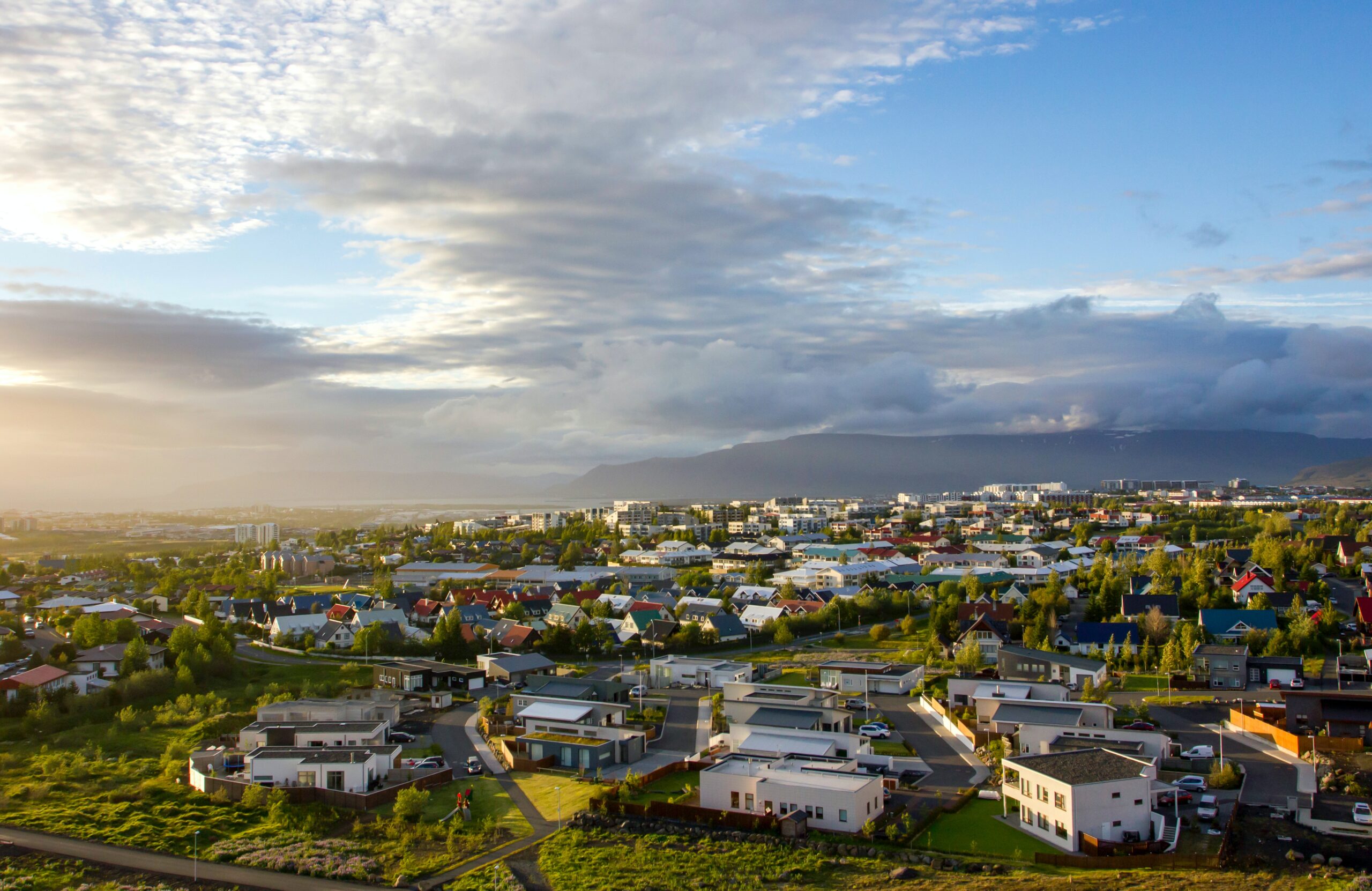
Reykjavik, the largest city and capital of Iceland, is situated in the southern part of the country along the shores of Vaxavloy Bay. This vibrant city boasts stunning natural landscapes, featuring numerous fjords, archipelagos, mountains, waterfalls, forests, and lakes. It’s one of the rare places globally where visitors can witness the Northern Lights and experience summer sunsets past midnight. Established in 1786, Reykjavik is a modern and exceptionally safe city. Travelers can explore a wealth of remarkable sites, such as the iconic parish church and the Icelandic National Museum, where they can delve into the rich history of both the city and the nation.
Top 3 landmarks in reykjavik :
hallgrimskirkja

Perlan Museum – Wonders of Iceland
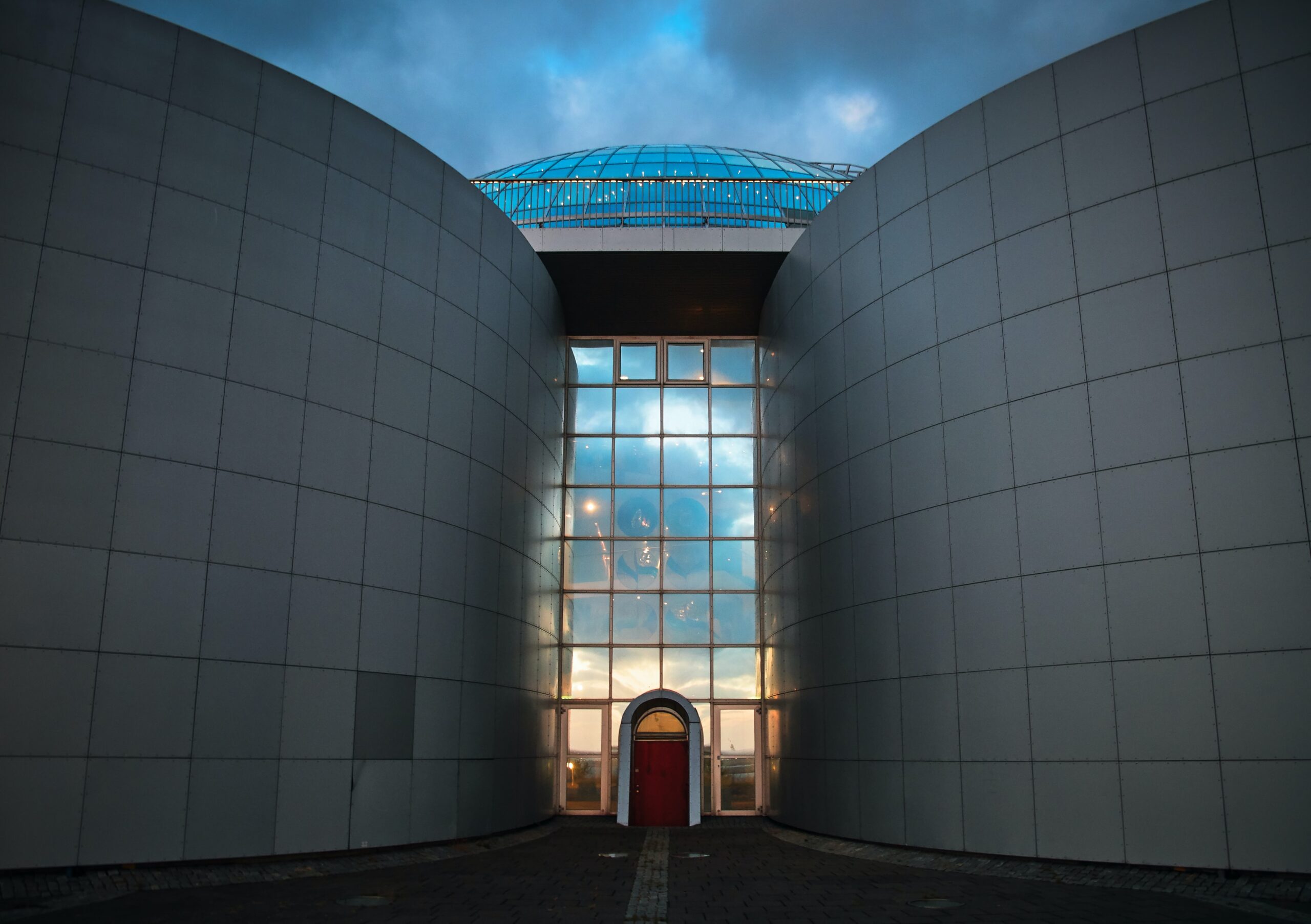
An exhibition showcasing Iceland’s natural wonders invites visitors to immerse themselves in the beauty of the country’s volcanoes, glaciers, and more. Utilizing advanced technology and innovative surface cracking techniques, guests can see and interact with these stunning features. This immersive experience is crafted by top museum artists, scientists, and technologists. Additionally, a circular platform on the fourth floor offers a 360-degree view of the city and its surroundings, complete with informational signals highlighting significant geological sites.
Blue Lagoon Lake
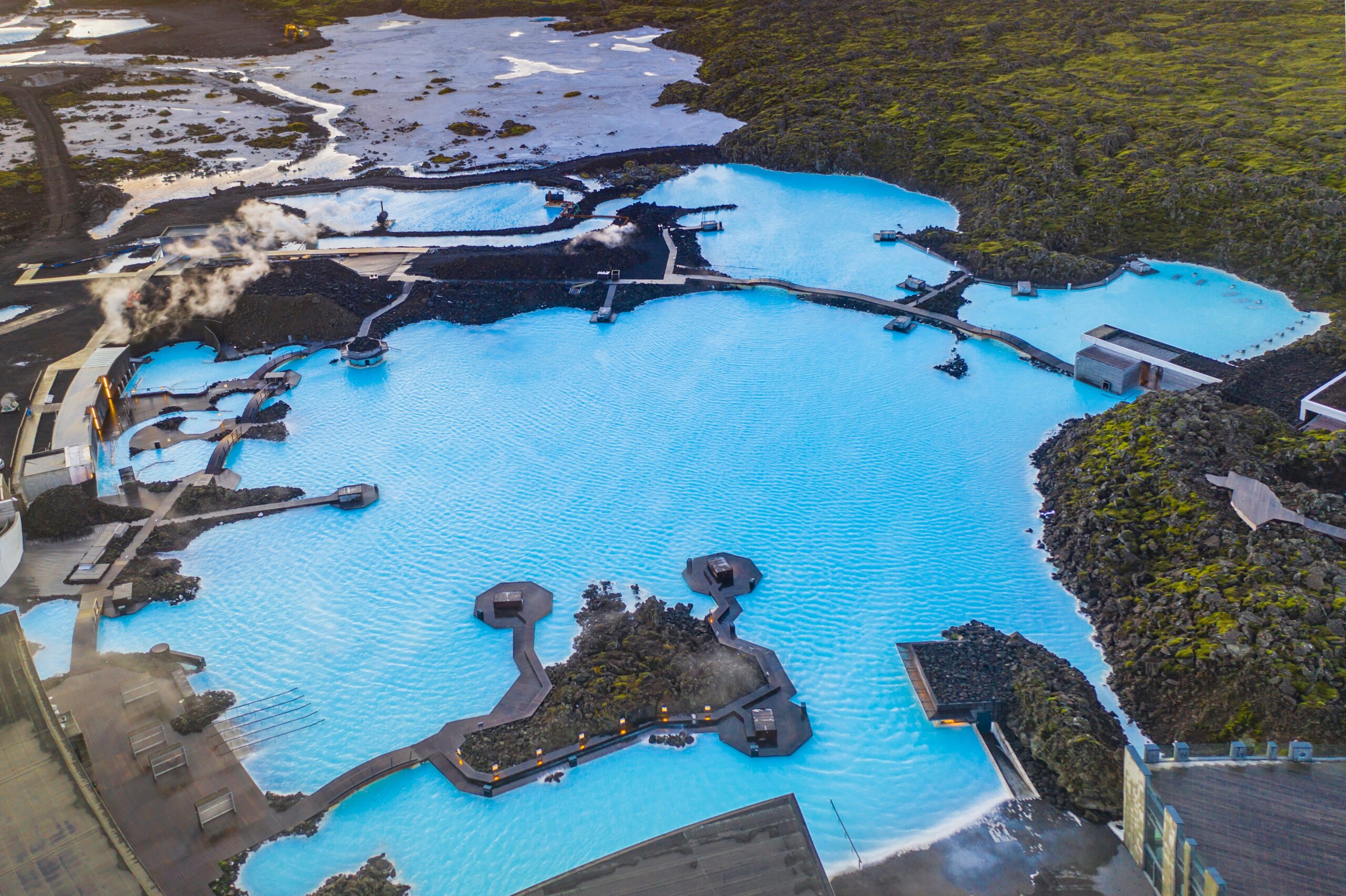
The Blue Lagoon is a geothermal lake renowned for its striking turquoise waters, set against a backdrop of stunning mountains. It is a popular destination for tourists seeking a serene escape to unwind and relax. Nearby, several dedicated resorts provide a range of services, including saunas, massages, and wellness treatments. Visitors should note that upon entering the pool, they are required to bathe nude before putting on a clean swimsuit, ensuring that the water remains free of harmful bacteria.
Vik Village
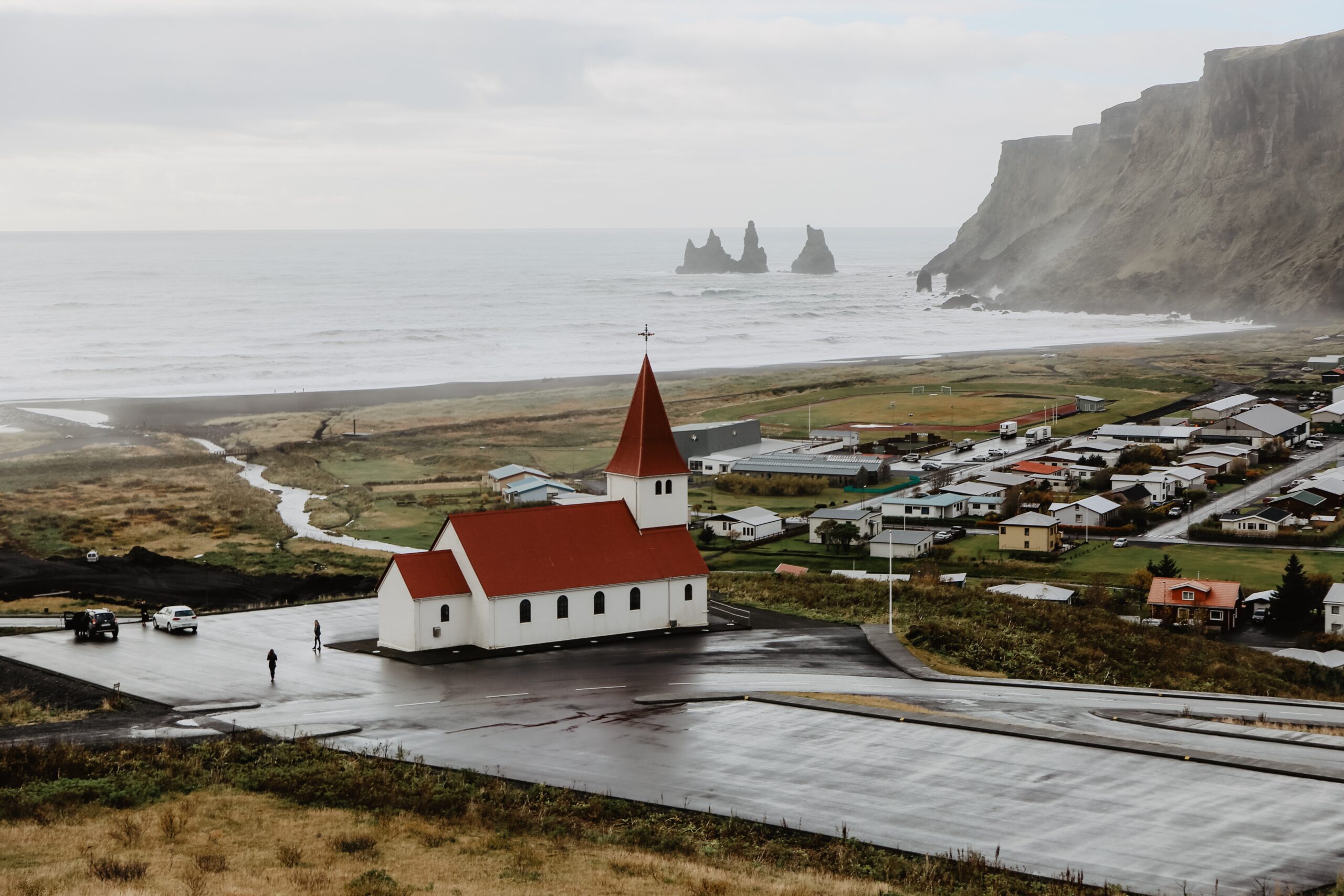
Vik Village is a charming rural community situated on the southern coast of Iceland. It is a popular stop for adventurers eager to explore the breathtaking natural scenery in the area. Notable attractions include the impressive Great Rock Arch to the west, along with architectural gems like a wooden church built in 1929. Vik offers a perfect blend of natural beauty and cultural heritage for visitors to enjoy.
Top 3 landmarks in vik
Black Sand Beach
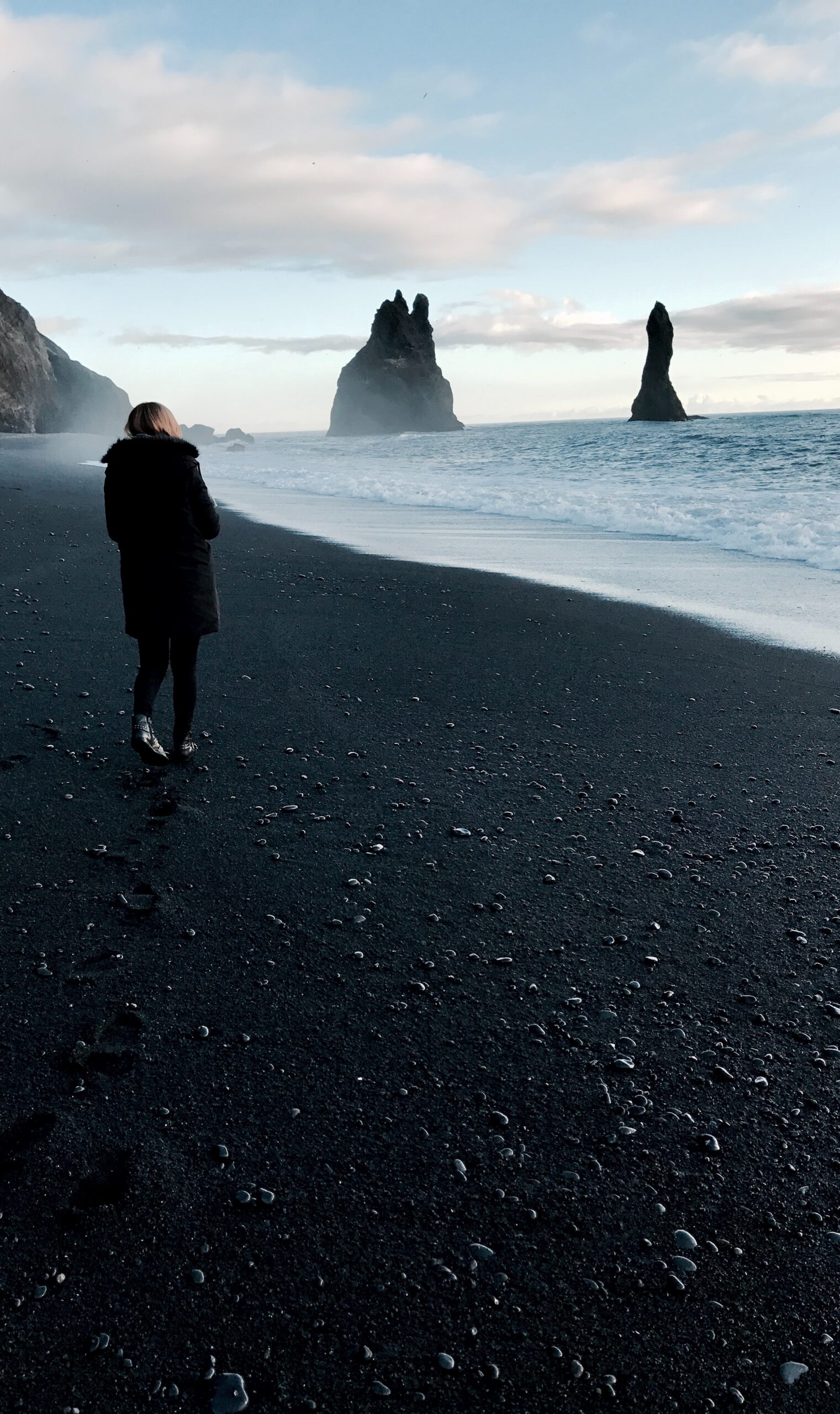
The Black Sand Beach is one of the most unique beaches in the world, not just in Iceland. Its striking pitch-black sands are formed from volcanic lava that has cooled and fractured when it meets the cold ocean waves. The surrounding rocks are also black, creating a dramatic landscape. This stunning location is a popular destination for tourists looking to immerse themselves in nature and capture memorable photographs.
Halsanefshellir Cave

Halsanefshellir Cave is a remarkable marine cave situated on the beach near the quaint town of Vik. Its entrance is adorned with striking octagonal basalt columns, making it a unique sight. The cave offers stunning views of the famous black sand beach, formed from eroded black basalt. With its unusual natural features, Halsanefshellir is one of Iceland’s most significant landmarks and a true wonder of the country.
Fjaðrárgljúfur canyon
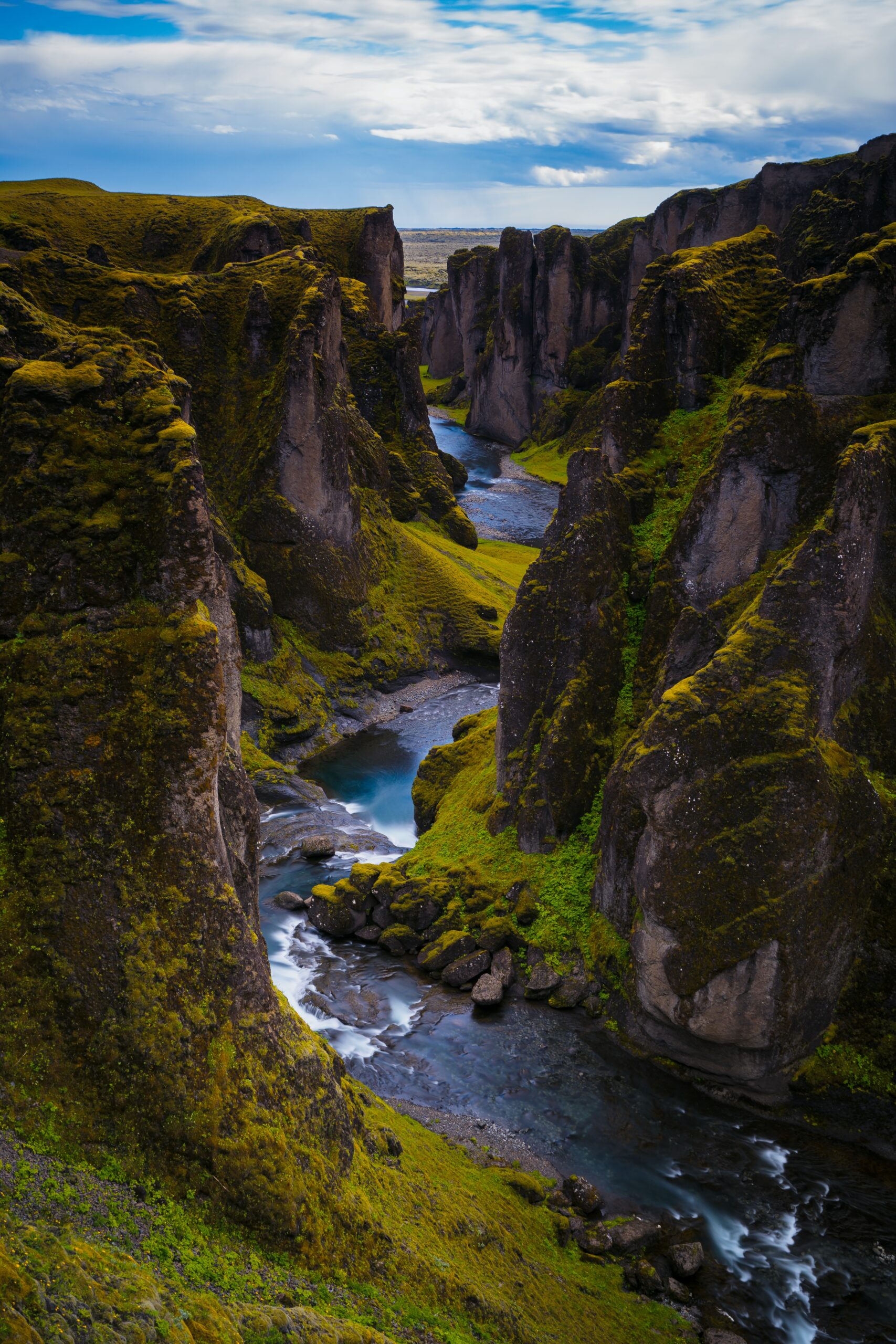
About an hour’s drive from the village of Vik lies Fjaðrárgljúfur Canyon, also known as the Valley of Tears. This stunning natural wonder in southeastern Iceland is estimated to be around two million years old, according to geologists. The canyon reaches a depth of 100 meters and stretches approximately 2 kilometers in length. It is a haven for nature lovers, offering breathtaking views from the river that flows through the valley, unique rock formations, opportunities for camping, and scenic hiking trails.
Akureyri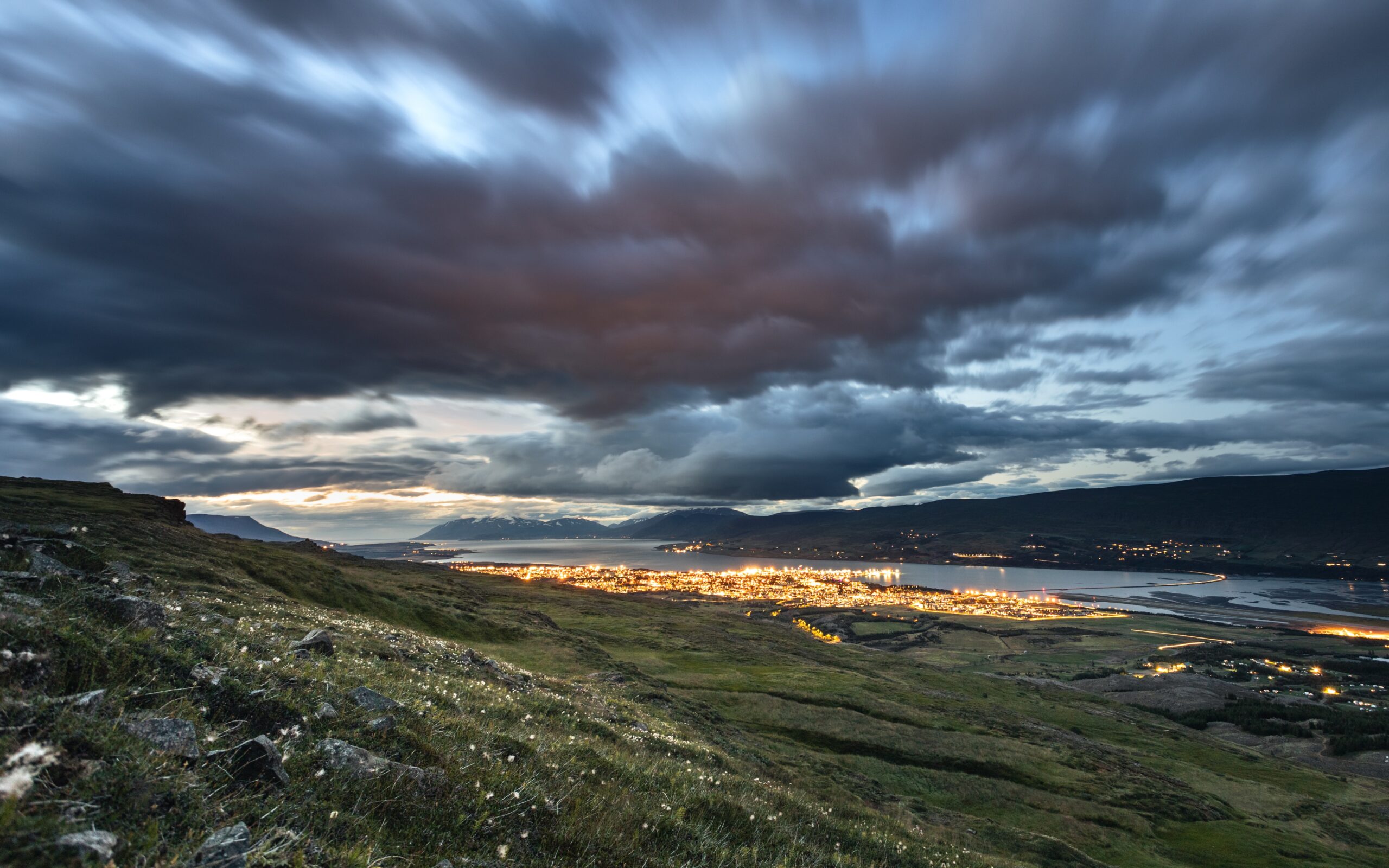
Known as the “capital of Northern Iceland,” Akureyri serves as the country’s fisheries hub, with its port being the most significant in the region. It is the second-largest city in Iceland, following the greater Reykjavik area, and the fourth largest municipality, after Reykjavik, Hafnarfjördur, and Kópavogur. The climate in Akureyri is quite cold in winter, surrounded by snow-capped mountains, while summers are milder and more temperate.
This charming city offers a variety of activities, including visits to ancient museums, hiking, horseback riding, whale watching, exploring stunning waterfalls, and skiing during the winter months. Additionally, Akureyri acts as a gateway to remarkable northern attractions such as the Mývatn region, Dettifoss Waterfall, Goðafoss Waterfall, and the Vesturdalur Valley. If you’re in Akureyri, be sure to spend at least a day enjoying the town before venturing out to discover the beautiful nearby landscapes—it’s definitely worth it!
Top 2 landmarks in akureyri :
Akureyri Church
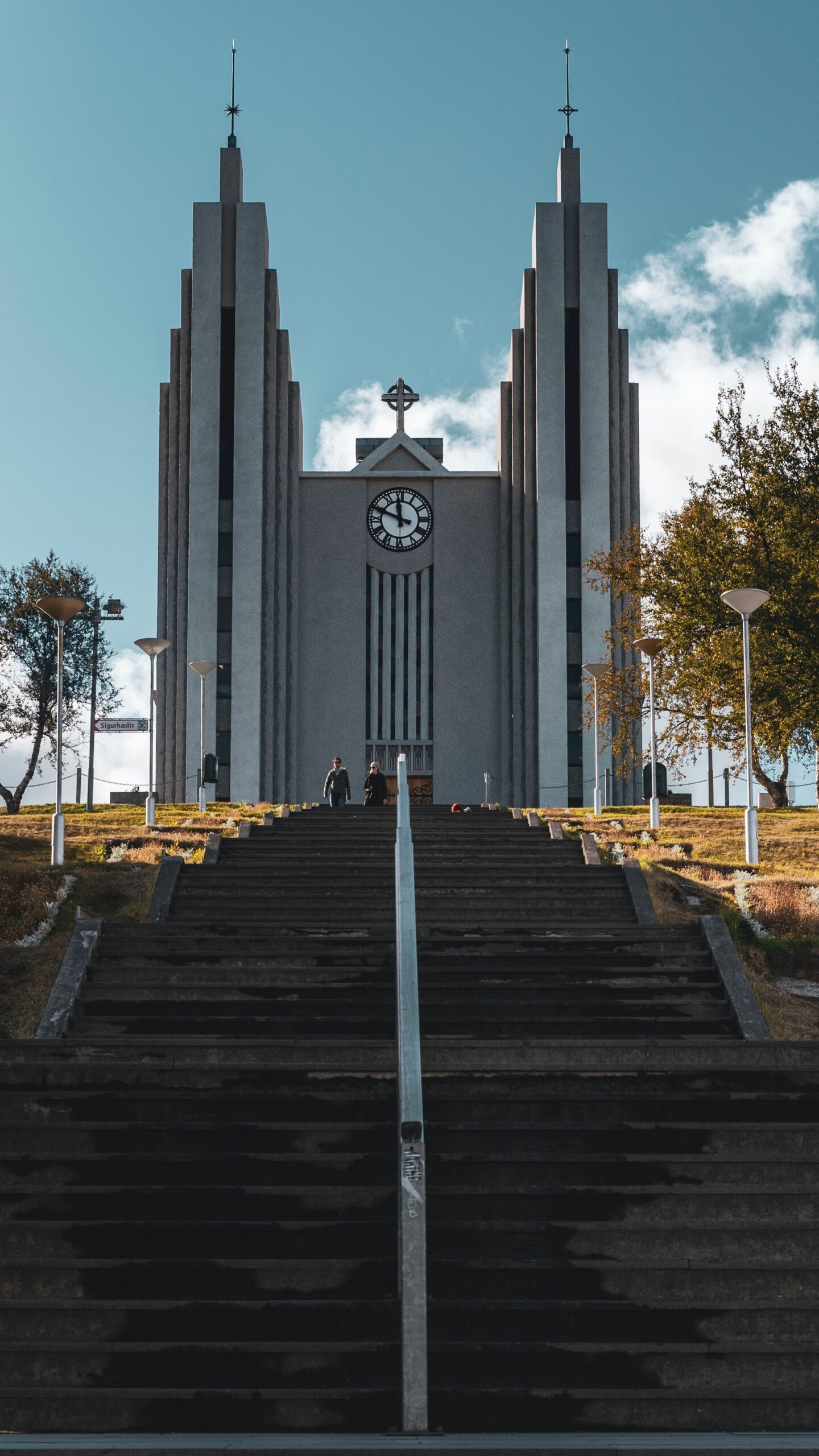
Akureyri Church, situated close to the city center, was constructed in 1940 and designed by renowned architect Guðjón Samúelsson. This Lutheran church stands out with its intricate and colorful bas-reliefs, serving as the main church in the city. Surrounded by the beautiful nature of Akureyri, visitors can explore the church and then enjoy a stroll through the enchanting area around it.
Godafoss waterfalls
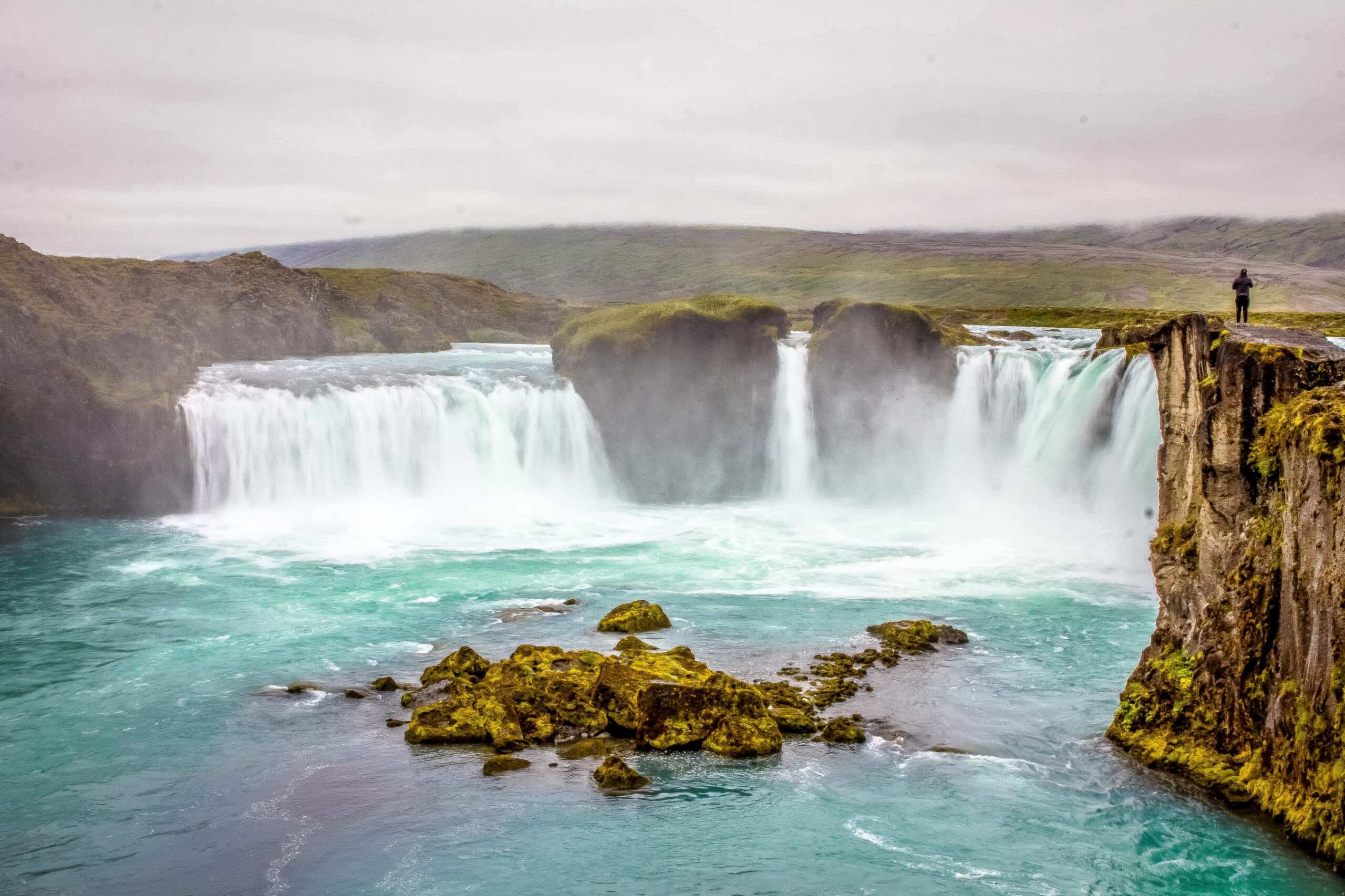
One of Iceland’s most stunning natural areas is home to one of its largest waterfalls, which has been flowing for approximately 7,000 years. With a width of around 30 meters, its height varies due to a rock formation in the center—one section measures 9 meters, while another reaches 17 meters. Known as Goðafoss, or “Waterfall of the Gods,” it is celebrated for its beauty, with many locals believing that the divine showcased its creativity in this breathtaking location. Visitors can enjoy tranquility and relaxation in this serene natural setting, far from the hustle and bustle of city life.
Hofn
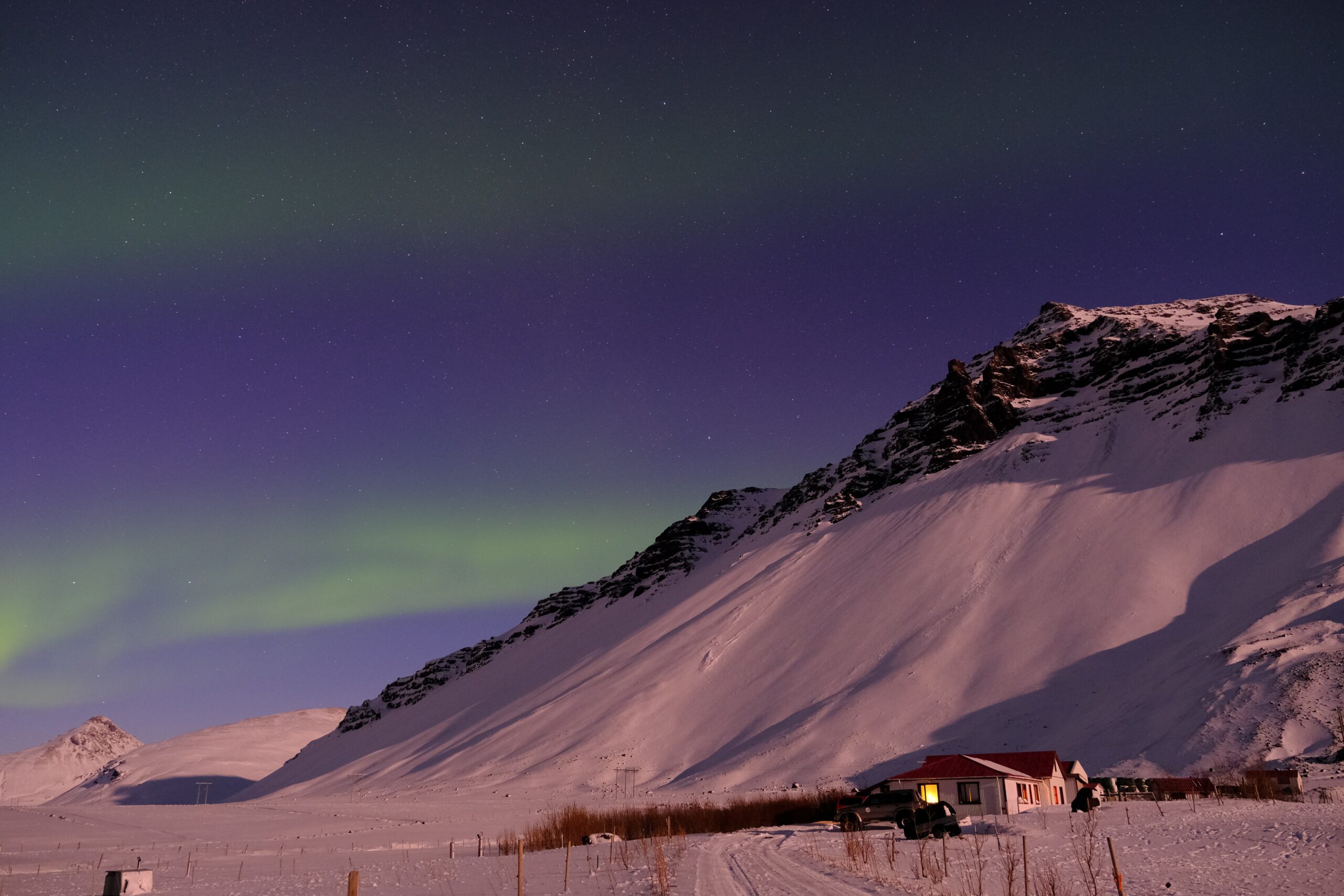
Situated near Europe’s largest glacier in southeastern Iceland, the area has experienced tremendous growth in tourism over the past few decades, becoming a key economic sector. Visitors can find a range of services, including hotels, camping sites, restaurants, shops, swimming pools, golf courses, and hiking trails. Notable attractions include the Maritime Museum and two visitor centers for the National Park, as well as the Þórbergur Þórðarson Cultural Center. Despite its small size, this region offers a wealth of unique and enjoyable tourist experiences, making it a destination not to be missed.
Top 3 landmarks in Hofn :
Diamonds Beach
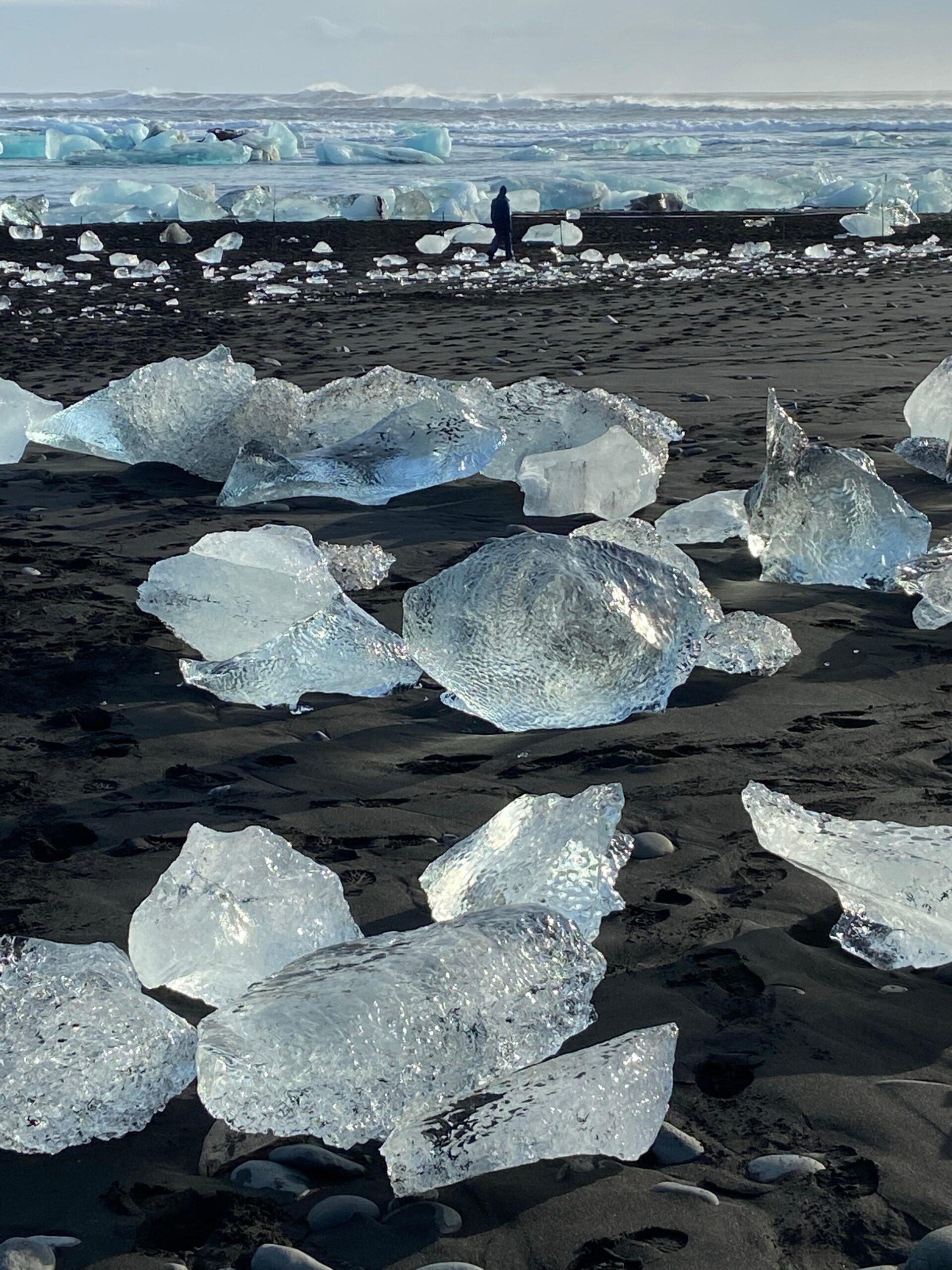
In a secluded area of southern Iceland lies one of the most extraordinary beaches in the world: Diamond Beach. At first glance, it appears to be adorned with sparkling gemstones that shimmer in the golden sunlight, creating a truly breathtaking scene reminiscent of a fantasy. In reality, these “gems” are chunks of ice that have broken off from massive glaciers floating in a nearby frozen lake. To fully appreciate this stunning view, visiting the beach at sunset is a must, as the interplay of golden rays and the reflective ice creates an enchanting natural masterpiece.
West vestrahorn Mountain
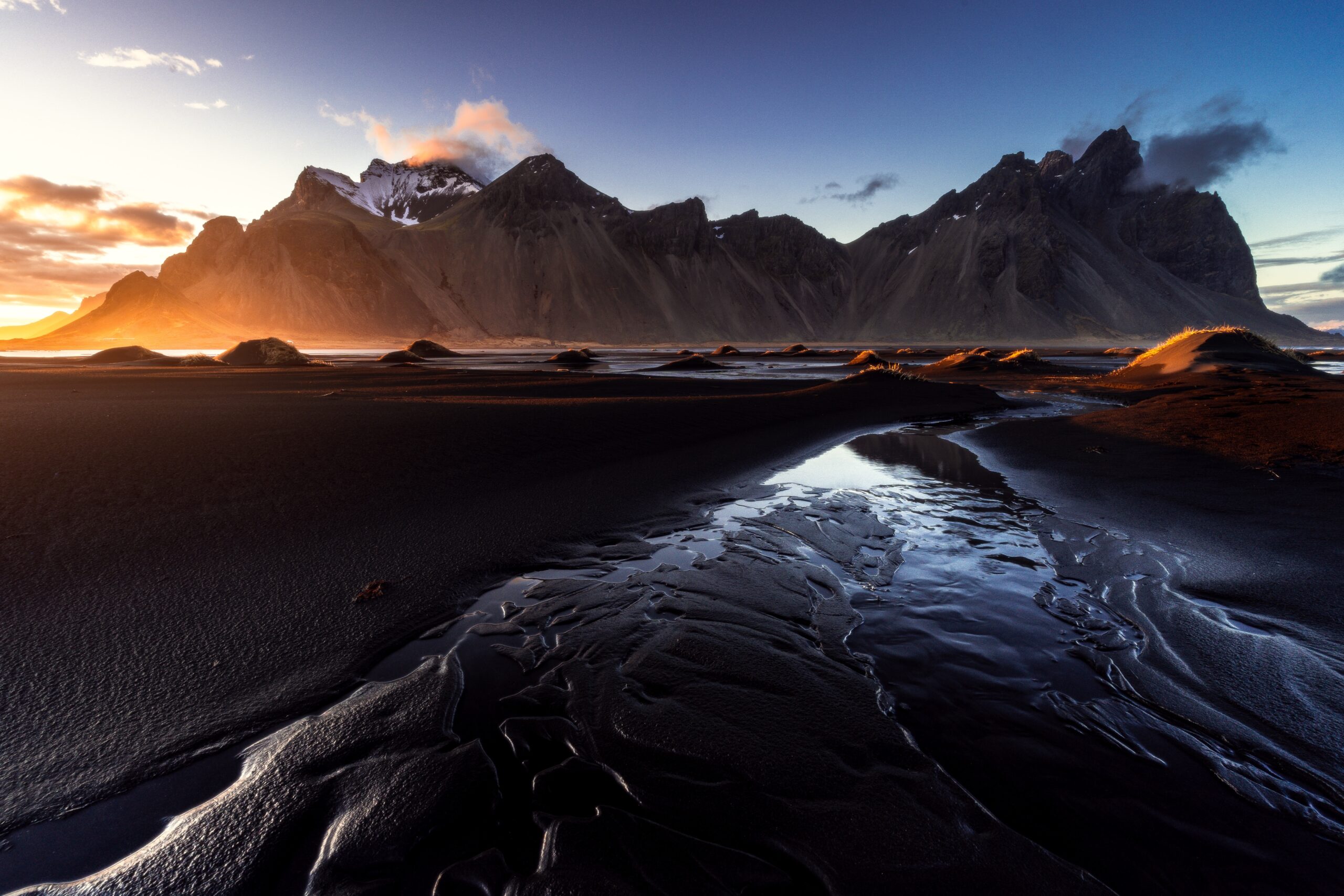
Located just 10 minutes from the town of Höfn in Iceland, Vestrahorn Mountain rises to 454 meters and is a must-see destination in the area. This stunning location offers perfect opportunities for photography and enjoying the picturesque scenery, as it towers over a beautiful lake with black sandy beaches. Many visitors come with family and friends to soak in the breathtaking natural beauty and capture memorable photos against the dramatic backdrop of the mountain.
Bergarfoss Waterfall
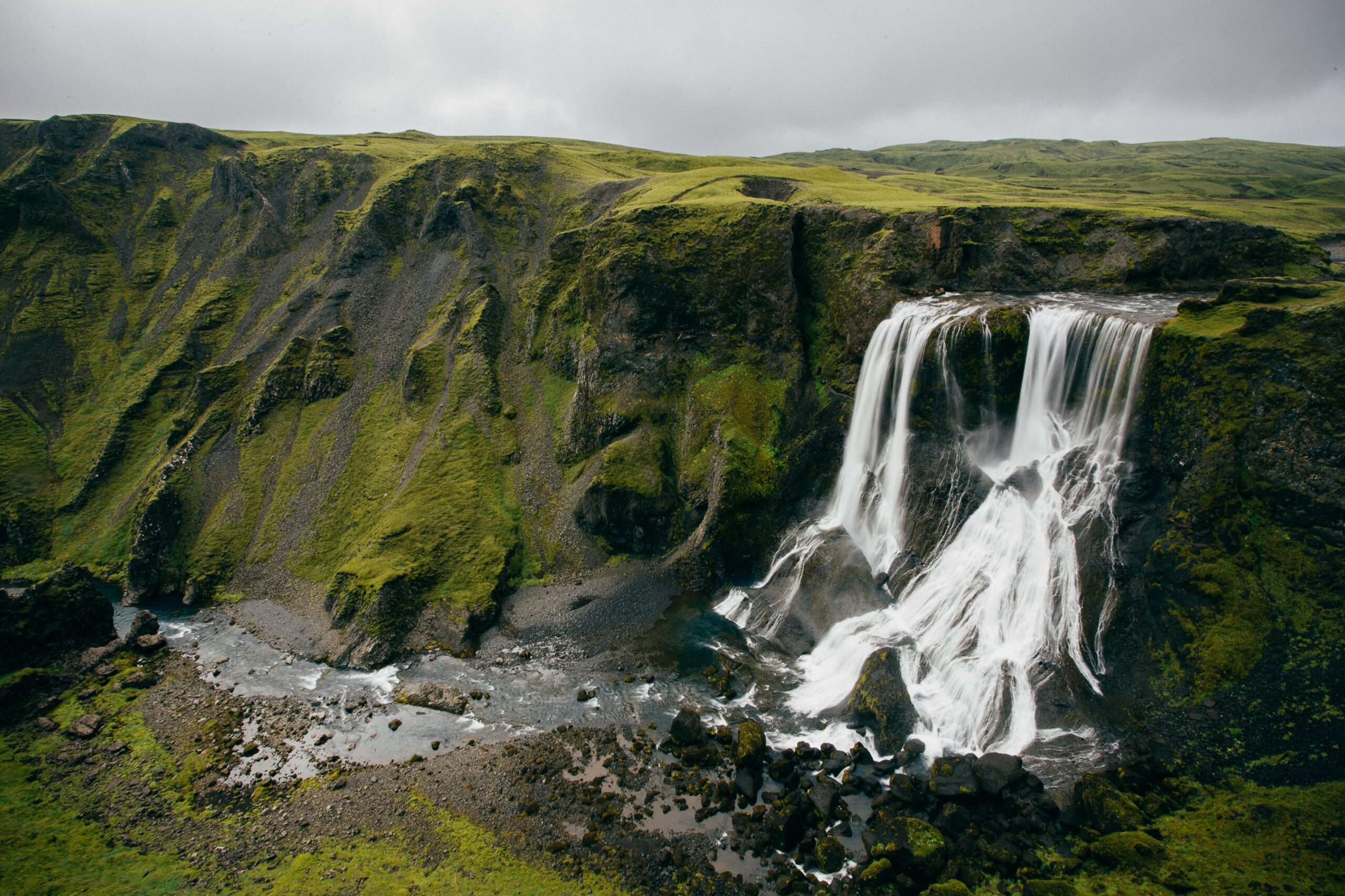
Bergafoss Waterfall, standing at approximately 40 meters high, is a powerful natural attraction located in Höfn, Iceland. Many visitors come to experience its refreshing beauty, and it’s an ideal spot to enjoy the soothing sound of cascading water amidst the surrounding nature. It’s a perfect destination for an unforgettable adventure with family or friends, allowing everyone to appreciate the waterfall’s splendor and the tranquil atmosphere it creates.

